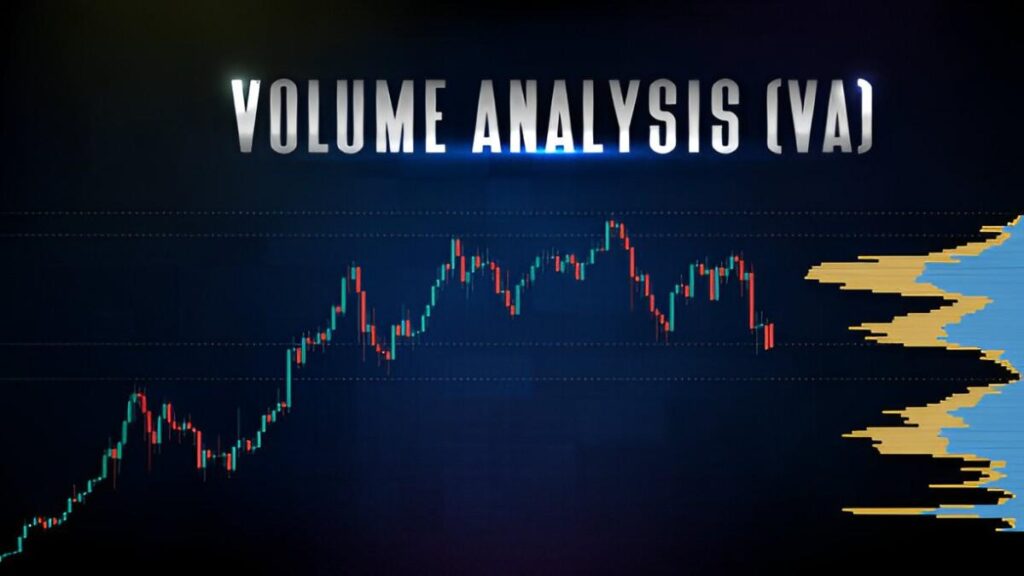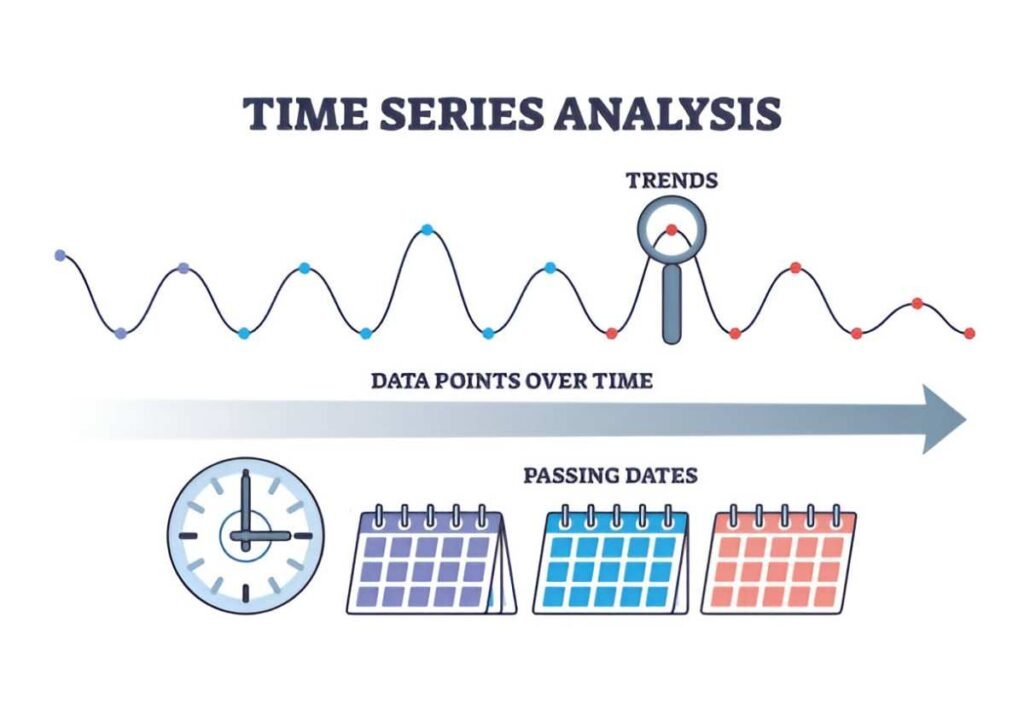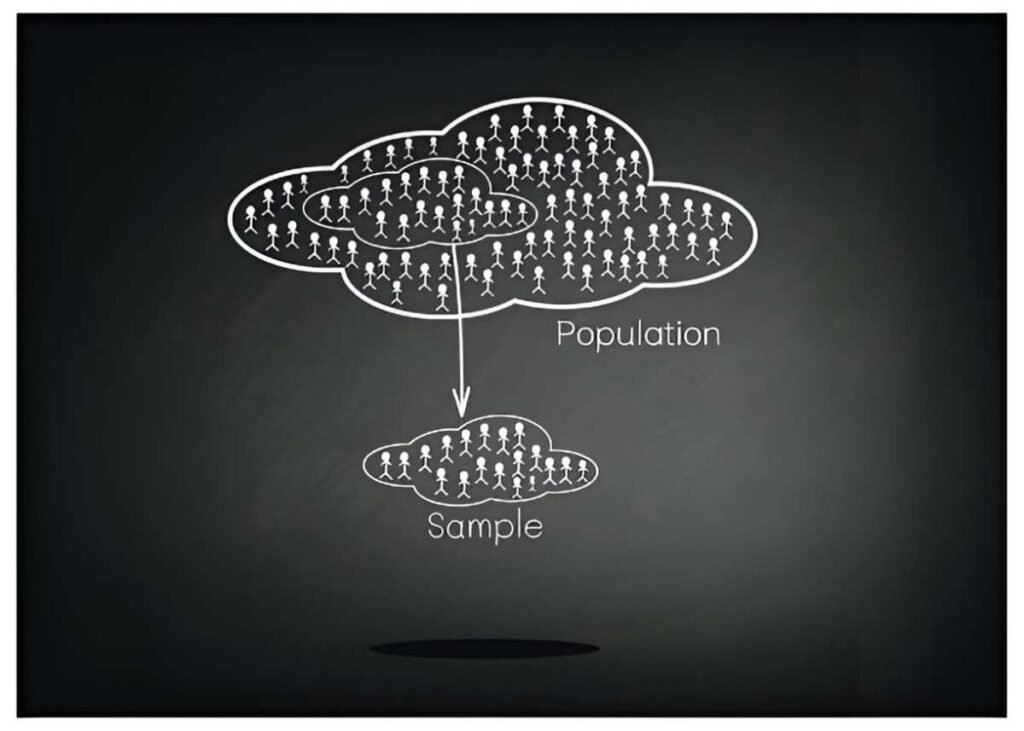Probability is the backbone of financial decision-making. Whether I assess risk, forecast earnings, or model stock prices, probability helps me quantify uncertainty. In this article, I explain why probability matters in accounting and finance, how it shapes financial models, and where it appears in real-world applications.
Table of Contents
Why Probability Matters in Finance and Accounting
Every financial decision involves uncertainty. Will a company meet its earnings target? What are the chances of a stock market crash? How likely is a borrower to default? Probability gives me a structured way to answer these questions.
In accounting, auditors rely on probability to assess material misstatements. Actuaries use it to price insurance policies. Portfolio managers apply it to optimize asset allocation. Without probability, financial analysis would be guesswork.
The Basics of Probability
Probability measures how likely an event is to occur, ranging from 0 (impossible) to 1 (certain). If I toss a fair coin, the probability of heads is:
P(Heads) = \frac{1}{2} = 0.5In finance, probabilities are rarely this simple. Instead, I deal with conditional probabilities, distributions, and expected values.
Key Probability Concepts
- Sample Space (S): The set of all possible outcomes. For a six-sided die, S = {1, 2, 3, 4, 5, 6}.
- Event (E): A subset of the sample space. Rolling an even number is E = {2, 4, 6}.
- Probability of an Event:
For a fair die, P(E) = \frac{3}{6} = 0.5.
Probability Distributions in Finance
Financial models use probability distributions to describe uncertain outcomes. The two most common types are:
1. Discrete Distributions
A discrete random variable takes specific values. The binomial distribution models events with two outcomes (success/failure).
Example: A stock has a 60% chance of rising each day. What’s the probability it rises exactly 3 days in a 5-day week?
P(X=3) = \binom{5}{3} (0.6)^3 (0.4)^2 = 0.34562. Continuous Distributions
A continuous random variable can take any value within a range. The normal distribution is widely used in finance.
f(x) = \frac{1}{\sigma \sqrt{2\pi}} e^{-\frac{(x-\mu)^2}{2\sigma^2}}Where:
- \mu = mean
- \sigma = standard deviation
Example: If stock returns follow a normal distribution with \mu = 8\% and \sigma = 15\%, what’s the probability of a return below 0%?
Using the Z-score:
Z = \frac{0 - 8}{15} = -0.533From standard normal tables, P(Z < -0.533) \approx 0.297. There’s a 29.7% chance of a negative return.
Expected Value and Variance
Expected value (E[X]) is the long-run average outcome. Variance (Var(X)) measures dispersion.
E[X] = \sum x_i P(x_i) Var(X) = E[(X - \mu)^2]Example: A startup has a 20% chance of $1M profit, 50% chance of $200K profit, and 30% chance of $100K loss. What’s the expected profit?
E[X] = (0.2 \times 1,000,000) + (0.5 \times 200,000) + (0.3 \times -100,000) = 200,000 + 100,000 - 30,000 = 270,000The expected profit is $270,000.
Conditional Probability in Risk Assessment
Conditional probability (P(A|B)) is the chance of event A given that B has occurred.
P(A|B) = \frac{P(A \cap B)}{P(B)}Example: A company has a 5% chance of bankruptcy. If it goes bankrupt, auditors detect issues 90% of the time. If it’s solvent, they still flag issues 10% of the time. What’s the probability of bankruptcy given an audit flag?
Using Bayes’ Theorem:
P(Bankrupt|Flag) = \frac{P(Flag|Bankrupt) \times P(Bankrupt)}{P(Flag)} P(Flag) = (0.9 \times 0.05) + (0.1 \times 0.95) = 0.045 + 0.095 = 0.14 P(Bankrupt|Flag) = \frac{0.9 \times 0.05}{0.14} \approx 0.321There’s a 32.1% chance of bankruptcy given an audit flag.
Applications in Financial Modeling
1. Monte Carlo Simulations
Monte Carlo methods use random sampling to model uncertainty. I simulate thousands of scenarios to estimate outcomes.
Steps:
- Define probability distributions for inputs (e.g., revenue growth, interest rates).
- Generate random values for each input.
- Compute the output (e.g., NPV, stock price).
- Repeat and analyze results.
2. Option Pricing (Black-Scholes Model)
The Black-Scholes formula calculates call option prices:
C = S_0 N(d_1) - K e^{-rT} N(d_2)Where:
- d_1 = \frac{\ln(S_0/K) + (r + \sigma^2/2)T}{\sigma \sqrt{T}}
- d_2 = d_1 - \sigma \sqrt{T}
Probability (N(d)) determines the likelihood of the option being exercised.
Probability in Portfolio Theory
Harry Markowitz’s Modern Portfolio Theory (MPT) uses probability to optimize returns for a given risk level.
Expected Portfolio Return:
E[R_p] = \sum w_i E[R_i]Portfolio Variance:
\sigma_p^2 = \sum \sum w_i w_j \sigma_i \sigma_j \rho_{ij}Where:
- w_i = weight of asset i
- \rho_{ij} = correlation between assets i and j
Example: A portfolio has two stocks:
- Stock A: E[R_A] = 10\%, \sigma_A = 15\%
- Stock B: E[R_B] = 8\%, \sigma_B = 10\%
- Correlation (\rho_{AB}) = 0.4
If I invest 60% in A and 40% in B:
E[R_p] = 0.6 \times 10 + 0.4 \times 8 = 9.2\% \sigma_p^2 = (0.6^2 \times 15^2) + (0.4^2 \times 10^2) + 2 \times 0.6 \times 0.4 \times 15 \times 10 \times 0.4 = 81 + 16 + 28.8 = 125.8 \sigma_p = \sqrt{125.8} \approx 11.2\%Common Pitfalls in Probability
- Gambler’s Fallacy: Believing past independent events affect future ones (e.g., “The stock fell yesterday, so it must rise today”).
- Overconfidence: Underestimating uncertainty in forecasts.
- Ignoring Tail Risks: Rare but extreme events (e.g., market crashes) can have catastrophic impacts.
Final Thoughts
Probability is not just math—it’s a way of thinking. By mastering it, I make better financial decisions, assess risks accurately, and build robust models. Whether I’m an accountant, investor, or financial analyst, probability is my most reliable tool.





